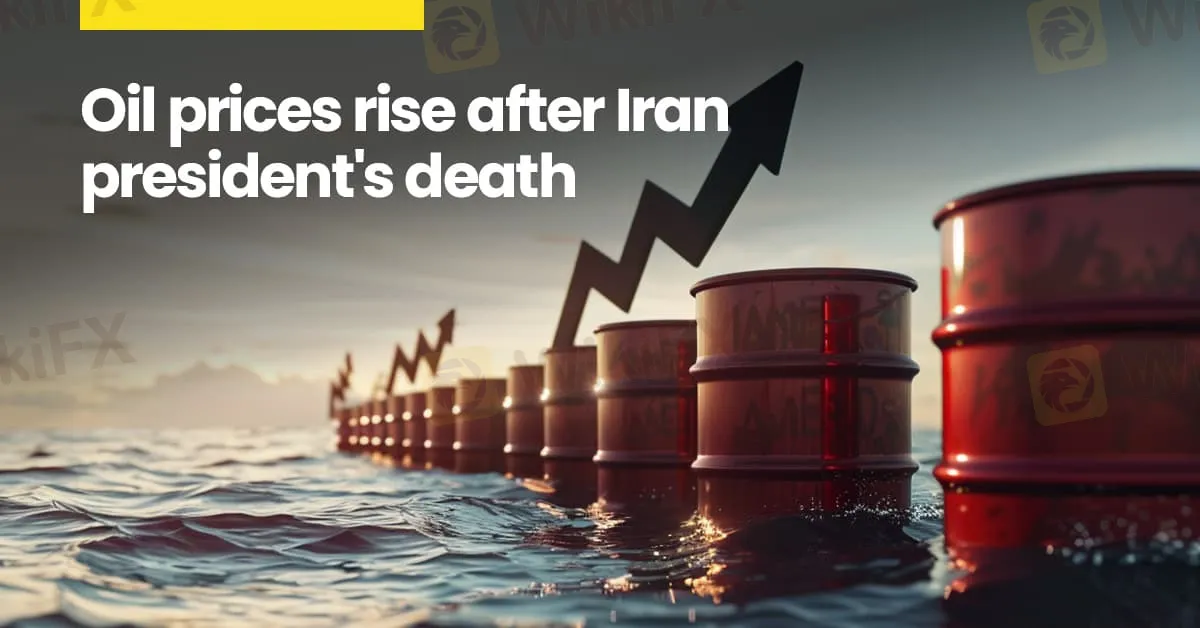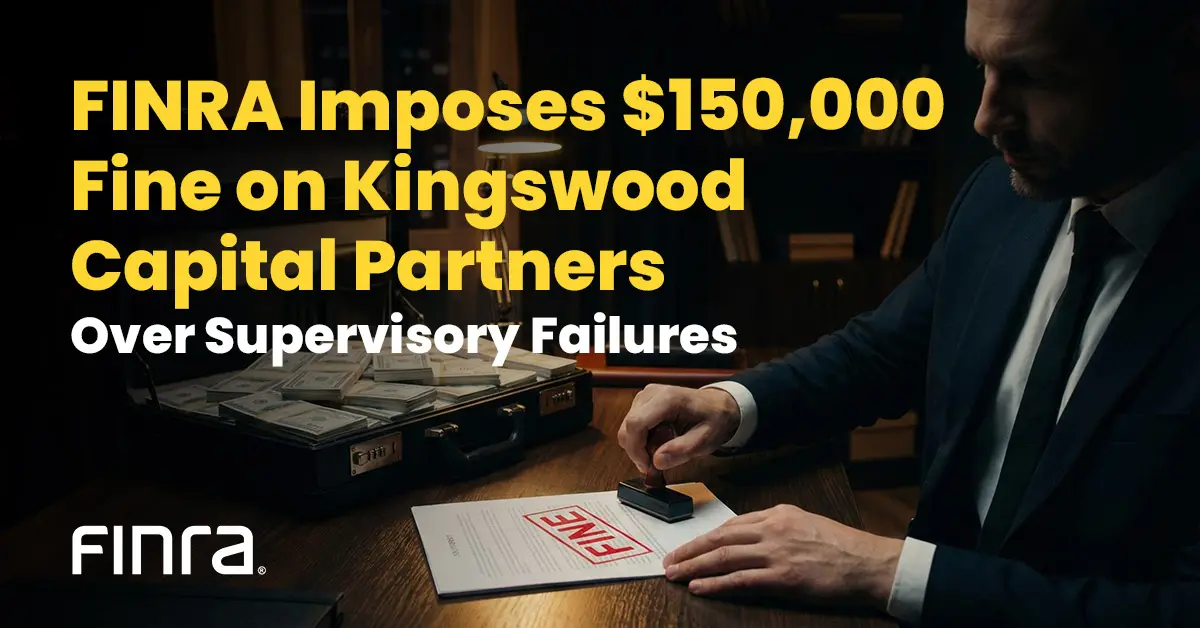GMO-Z.com Broker Review 2025: Is GMO-Z.com Legit or a Scam?
Is GMO-Z.com a legit forex broker or a potential scam? Is it easy to log in to GMO-Z.com? This article reviews GMO-Z.com’s regulations, trading conditions, complaints, and safety in 2025.
简体中文
繁體中文
English
Pусский
日本語
ภาษาไทย
Tiếng Việt
Bahasa Indonesia
Español
हिन्दी
Filippiiniläinen
Français
Deutsch
Português
Türkçe
한국어
العربية
Abstract:According to the report, oil prices surged during early Asian trading on Monday, building upon last week's upward momentum. This uptick was driven by multiple factors, including the unfolding search for Iran's president after a helicopter crash in the oil-rich nation and the United States' decision to purchase crude to bolster its national reserves.

According to the report, oil prices surged during early Asian trading on Monday, building upon last week's upward momentum. This uptick was driven by multiple factors, including the unfolding search for Iran's president after a helicopter crash in the oil-rich nation and the United States' decision to purchase crude to bolster its national reserves.
As of 0049 GMT, Brent crude had risen by 26 cents, representing a 0.3 percent increase, reaching $84.24 per barrel. Similarly, U.S. West Texas Intermediate (WTI) crude saw a gain of 15 cents, or 0.2 percent, reaching $80.21 per barrel.
The previous week concluded with Brent crude experiencing a 1 percent uptick, marking its first weekly gain in three weeks. Meanwhile, WTI crude climbed by 2 percent, buoyed by positive economic indicators from both the U.S. and China, the world's largest consumers of oil.
The recent surge in crude oil prices has been underpinned by several factors. Firstly, a helicopter carrying Iranian President Ebrahim Raisi crashed on Sunday, raising concerns about the safety of high-profile figures in the region. Despite this development, the impact on oil prices remained relatively subdued. Additionally, market focus is shifting towards the upcoming meeting of the Organization of the Petroleum Exporting Countries (OPEC) and its allies on June 1, where discussions on output policy are expected to provide clarity to the market.
Warren Patterson, head of commodities strategy at ING, highlighted the current state of the oil market, stating, “The oil market remains largely rangebound, and without any fresh catalyst, we will likely have to wait for clarity around OPEC output policy to break out of this range. The market also appears increasingly numb to developments on the geopolitical front, likely due to the large amount of spare capacity OPEC is sitting on,” as quoted by Reuters.
Meanwhile, seizing the opportunity presented by the recent dip in oil prices, the U.S. government announced its purchase of 3.3 million barrels of oil at $79.38 per barrel to replenish its Strategic Petroleum Reserve, following a significant drawdown from the reserve in 2022.
Last week, market sentiment received a boost from indications of easing inflation in the U.S., which raised expectations of potential interest rate cuts. Such cuts could potentially weaken the dollar, thereby making oil more affordable for holders of other currencies.

Disclaimer:
The views in this article only represent the author's personal views, and do not constitute investment advice on this platform. This platform does not guarantee the accuracy, completeness and timeliness of the information in the article, and will not be liable for any loss caused by the use of or reliance on the information in the article.

Is GMO-Z.com a legit forex broker or a potential scam? Is it easy to log in to GMO-Z.com? This article reviews GMO-Z.com’s regulations, trading conditions, complaints, and safety in 2025.

As WikiEXPO Dubai concludes successfully, we had the pleasure of interviewing Amira Soliman, the CEO and Founder of Time Guardian | Athar. She is a dynamic senior executive with over 25 years of extensive experience in Consumer Banking, including Payments, Cards, Consumer Lending, Bancassurance, and Investment. Amira brings a unique blend of expertise across various functions, having held pivotal roles in Credit Risk Management, Process Digitalization, CRM Optimization, and Portfolio Management at prestigious global financial institutions such as Citibank, Credit Agricole, First Gulf Bank, and First Abu Dhabi Bank, across diverse regional markets in the Middle East and Africa.

The Financial Industry Regulatory Authority (FINRA) has imposed a $150,000 fine on Kingswood Capital Partners, LLC, after finding supervisory and compliance failures related to the sale of illiquid alternative investments to senior clients.

WikiFX has launched the “Inside the Elite” Interview Series, featuring outstanding members of the newly formed Elite Committee. During the committee’s first offline gathering in Dubai, we conducted exclusive interviews and gained deeper insights into regional market dynamics and industry developments. Through this series, WikiFX aims to highlight the voices of professionals who are shaping the future of forex trading — from education and compliance to risk control, technology, and trader empowerment.
